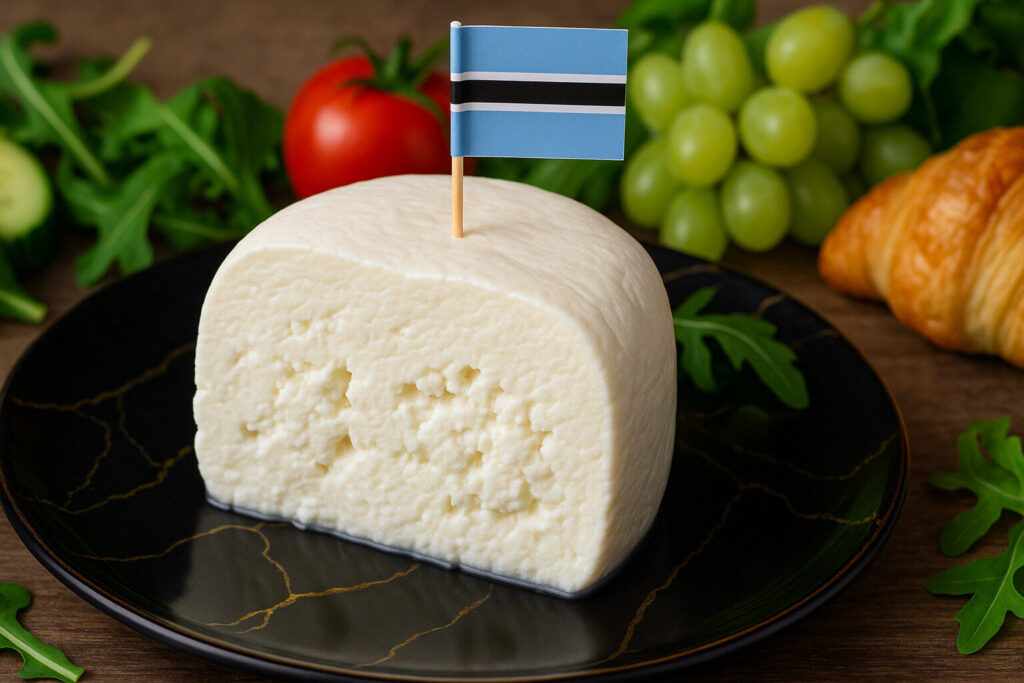Cheese Of Southern Africa
Definition and Scope
Southern African cheese encompasses dairy products crafted across nations like South Africa, Namibia, and Zimbabwe. These cheeses reflect both indigenous traditions and European influences introduced through colonization. The category includes fresh, aged, and processed varieties tailored to local tastes and climates.
Production often utilizes milk from cows, goats, or sheep native to the region. Many cheeses incorporate local ingredients such as spices or herbs, creating unique flavor profiles. This diversity makes Southern African cheese a dynamic and evolving segment in global cheese taxonomy.
Production Techniques
Traditional methods involve handcrafting small batches using raw or pasteurized milk. Cheesemakers in Southern Africa frequently adapt European techniques like cheddaring or brining to suit local conditions. Aging periods vary from days for fresh cheeses to several months for harder types.
Modern facilities employ controlled fermentation and temperature regulation to ensure consistency. Some producers use milk from free-range animals, impacting fat content and texture. These techniques balance heritage practices with contemporary food safety standards.
Sensory Profile
Southern African cheeses exhibit a broad spectrum of flavors, from mild and creamy to tangy and robust. Textures range from soft and spreadable to firm and crumbly, depending on moisture content and aging. Many varieties feature subtle earthy or grassy notes from regional pastures.
Herb-infused cheeses may present aromatic hints of rosemary, thyme, or indigenous plants. Aged versions often develop nutty or sharp characteristics. The sensory attributes are directly influenced by local terroir and production methods.
Culinary Uses
These cheeses are integral to Southern African cuisine, appearing in dishes like bobotie, braais, and savory pastries. Soft cheeses are commonly used as spreads on crackers or bread, while firmer types are grated over meals. They pair well with local fruits, wines, and cured meats.
In contemporary cooking, they enhance salads, sandwiches, and gourmet platters. Their versatility allows them to be melted, grilled, or served raw. This adaptability makes them valuable components in both traditional and modern recipes.
Regional Examples
South Africa produces notable cheeses such as Karoo Crumble, a hard, crumbly goat cheese with a peppery finish. Another example is Boerenkaas, a Gouda-style cheese often made in rural areas. These products highlight the region’s capacity for artisanal and farmstead cheesemaking.
Namibia offers cheeses like Namibian Brie, which features a creamy interior and mild flavor. Zimbabwean dairy farms contribute fresh cheeses similar to cottage or quark styles. Each nation’s output showcases distinct characteristics rooted in local resources and cultural preferences.


